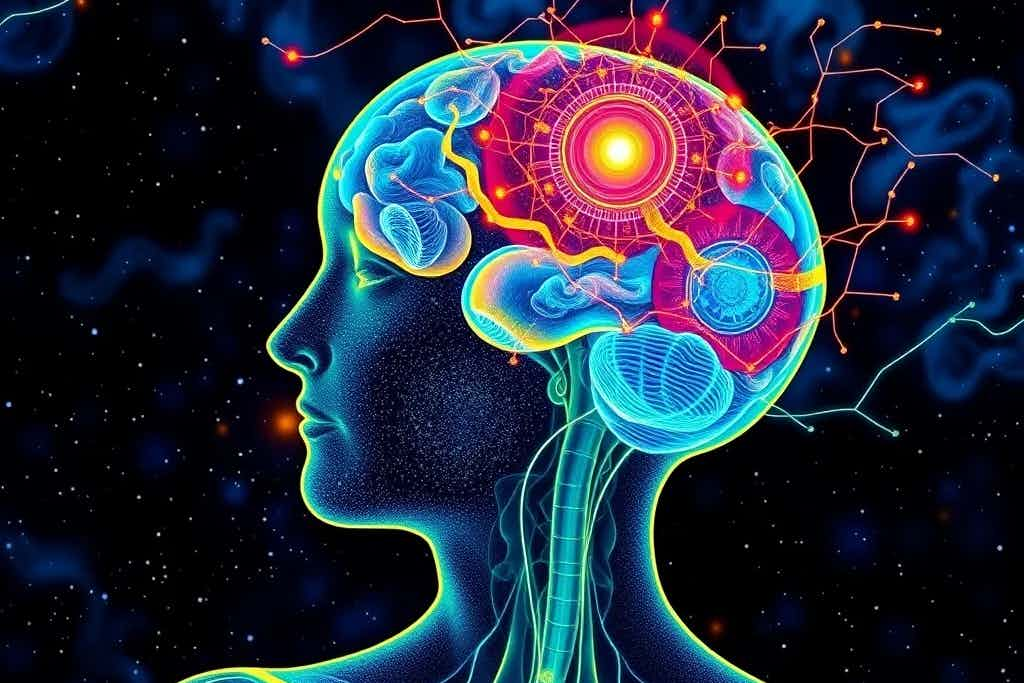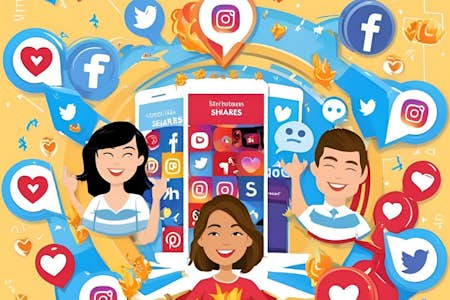Let’s talk about something that sounds kind of wild on the surface: using psychedelics to treat mental health issues. Sounds like science fiction, right? Or maybe just something your friend Dave from college would bring up during a midnight bonfire talk.
But here’s the twist—this isn’t some fringe idea anymore. What once lived on the edges of society is now showing up in serious medical journals and getting the attention of regulators, scientists, and therapists alike. We're standing at the edge of what might just be a mental health revolution.
This Isn’t New. We Just Forgot About It.
Way back—think 1950s and '60s—researchers were already diving into psychedelics like LSD and psilocybin (the stuff in magic mushrooms), trying to see if they could help people heal from depression, alcoholism, anxiety. And the early signs? Actually kind of amazing.
Then the ‘War on Drugs’ came barreling in. Public panic, political agendas, and a whole lot of misinformation shut everything down. Labs closed. Studies stopped. These substances were pushed into the shadows, lumped in with dangerous street drugs.
For decades, no one wanted to touch the stuff.
But things change. And now? Psychedelics are making a cautious, calculated comeback—this time with science, structure, and serious therapeutic goals.
How It Actually Works (Spoiler: It’s Not Just About the Drug)
Psychedelic therapy isn’t about tripping out and hoping for the best. There’s a process. A really thoughtful one.
It starts with preparation—a few sessions with a trained therapist where the person gets clear on what they want to explore. It’s part therapy, part emotional stretching.
Then comes the psychedelic session itself. Picture a cozy room, low lights, soft music, maybe a weighted blanket. The therapist doesn’t guide the trip like a tour guide—they just stay present, making sure the person feels safe while the mind does what it needs to do.
And then, maybe the most crucial part: integration. That’s where the real magic often happens. After the session, people sit down with their therapist and unpack what came up—memories, feelings, insights. They talk it through and figure out what it means in the real world, back in their everyday life.
It’s not about escape. It’s about understanding. Deeply, sometimes uncomfortably, but honestly.
Real People, Real Healing
Let’s ground this in what actually matters: people finding relief when nothing else worked.
PTSD and MDMA
A huge clinical trial in 2021 found that two-thirds of folks with severe PTSD no longer met the criteria for it after MDMA-assisted therapy. These weren’t mild cases, either. These were people who’d tried everything else—years of therapy, meds, all of it.
Depression and Mushrooms
Psilocybin (yep, the magic mushroom stuff) is showing real promise in tackling treatment-resistant depression. Not just dulling the symptoms, but helping people feel alive again. One session changed the emotional landscape for some patients who had been numb for years.
Addiction
Early studies show psychedelics might help people quit smoking or drinking—not by making them forget their cravings, but by helping them see themselves differently. It’s not willpower. It’s insight.
But Hey, Let’s Be Real—There Are Some Big Hurdles
This isn’t all sunshine and serotonin. There are real concerns here.
Legal Red Tape: Most psychedelics are still illegal in many places. Research is growing, but access is limited and often tangled in politics.
The Stigma’s Still Lurking: A lot of people still see these substances as dangerous, or joke fodder. Changing that mindset takes time—and patience.
Not for Everyone: Some folks shouldn’t touch psychedelics at all, especially those with a personal or family history of psychosis. This is why guided therapy is crucial.
It’s Not Cheap: And it’s probably not going to be cheap anytime soon. Accessibility is already a hot topic. If this becomes another elite wellness trend, that’s a huge problem.
Looking Ahead: Hope on the Horizon
The momentum is building. The FDA has already labeled psilocybin and MDMA as “breakthrough therapies”—which is basically their way of saying, “Okay, there’s something here. Let’s speed things up.”
More research is happening. Laws are starting to shift. Public opinion? Slowly softening. It’s like the door that slammed shut in the ‘70s is cracking open again—but this time, with a lot more care and clarity.
Final Thought: Maybe Healing Looks Different Than We Thought
This isn’t about trippy visuals or chasing some blissful high. It’s about unlocking parts of the brain that have been stuck for too long. It’s about helping people find meaning in their pain and finally move forward.
And honestly? For someone who's been living with a mental health condition that doesn’t budge no matter what pills they’re on or how many therapy sessions they’ve sat through—this might be the thing that helps them breathe again.
So yeah, maybe it sounds strange. Maybe it even feels a little scary. But if there’s a chance it can help someone reclaim their life… isn’t it worth exploring?











